Haben Girma’s 2010 Speech on 35th Anniversary of IDEA
Transcript:
Good Afternoon, my name is Haben Girma. I live with both vision and hearing loss, and have been deafblind since about age five. When my parents enrolled me in the Oakland Public School District in California, IDEA had been influencing the education of students with disabilities for nearly twenty years. My parents did not have any special knowledge of disability other than personal experiences. They wanted me to succeed, they knew I would succeed, but the big question was: how? How does a blind child learn math? How should braille be taught? Fortunately for us, Glenview Elementary understood that it was the school’s responsibility to employ teachers who held the answers to my parents’ questions. Completely oblivious to all these concerns was little me. I waltzed into first grade proudly carrying my Beauty and the Beast lunchbox. One of the treasures of IDEA is that it provides children with disabilities the luxury of just being students.
For example, the teachers for the blind at my elementary school never said to me, “You have to learn braille because you’re blind and if you don’t learn braille you’re going to be one of the seventy percent of blind people who are unemployed.” Not at all. My teachers took such a positive approach to teaching braille that I had the privilege of just being a kid—no worries about the meaning of disability and troubling statistics. For one hour each day, I left my mainstream classes to play a game of guess the dots. The dot game gradually got more challenging, and when I finally developed a love for reading braille, I had a wonderful supply of Nancy Drew mystery books. Not until my teenage years did I become aware of the stigma attached to braille, and I’m grateful to have had excellently trained teachers to teach me to love braille.
The support our special education teachers provided extended well beyond the classroom. Given that many community members doubt the abilities of children with disabilities, the power of special education teachers to remove these barriers is invaluable. I remember my dad wanted to put me in some kind of extracurricular activity like music or dance, but he was worried that your average piano teacher wouldn’t know how to work with a child with a disability. When my dad talked to our special education teacher, she recommended a dance studio and went out of her way to talk with the dance instructor about making sure I could fully participate. I loved the class, and today, I’m a member of the Harvard Ballroom Dance Team.
Since the special education teachers exposed us to so many alternative techniques, we developed a strong sense that an alternative technique can be developed for every goal. These teachers never gave me a second to wonder: Can a deafblind person ski? How does a blind person cook? They provided the answers to these small matters before I even thought to ask. So by the time I was ready to ask such questions, the only questions left were the big ones. Like, can a deafblind person get into Harvard Law School? [Applause]
One of the best lessons I received from a special education teacher involved learning to take responsibility for my own education. There was a time during middle school when I would wonder, “Isn’t it strange that Mr. Smith didn’t assign homework, again?” The free time was nice, so I didn’t complain — more time for Sailor Moon and Nintendo. Then one day Ms. Volkart, the teacher for the blind, told me that my progress report for that class was looking dismal. I felt utterly shocked. I always did the assignments. Ms. Volkart and I talked about it for a bit, and we discovered that some days I wouldn’t hear the assignment announced or see it written on the board. She suggested that I check with the teacher at the end of each class. The plan worked, and several weeks later I received my first 4.00.
I entered high school with a sense of responsibility for my own education. Cartoons didn’t matter anymore. My goal was to do well and move on to college. Nonetheless, due to IDEA, due to the excellent teachers for the blind, I still held the privilege of being a student. Leah Mitsuyoshi, Heather Walsh, and Suzanne Balmaseda were the three teachers for the blind at my high school. Leah and Heather are here – can you guys please stand up? [Applause] As a student, my job consisted of completing the reading and homework assignments, and that’s it. I didn’t have to scan my books or wait weeks for the braille copy to arrive because Leah, Heather, and Suzanne worked closely with my mainstream teachers to provide me all the material in braille and on time. Occasionally one of my mainstream teachers would forget that a handout needed to be brailled, but I would have it by the end of the day thanks to the teachers for the blind.
The IDEA has so heavily influenced the Oakland School District that I received an education that provided me with numerous opportunities to succeed in the classroom and beyond. Unfortunately there are still many school districts where students with disabilities are denied their right to an education. Friends have shared stories about never learning braille or never learning math because their schools did not provide them with qualified teachers. Over the summer I worked with Deafblind Young Adults in Action and the Helen Keller National Center to advocate for higher standards of education for children with disabilities. I’m currently a first year student at Harvard Law School, and my goal is to continue advocating for quality education for students with disabilities. Thank you.[Applause]

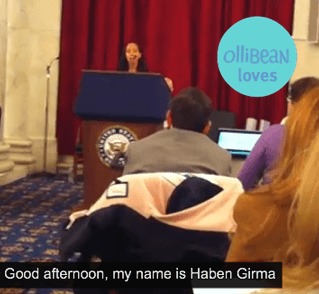
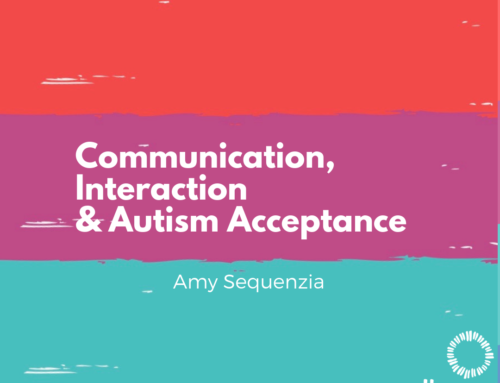
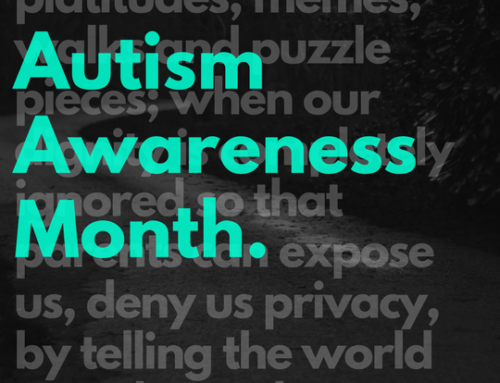

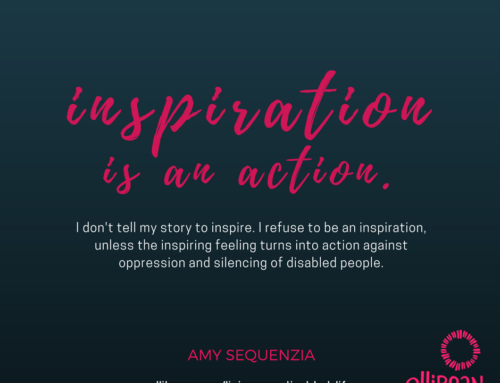
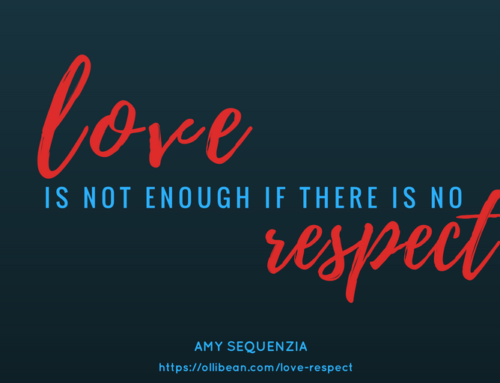
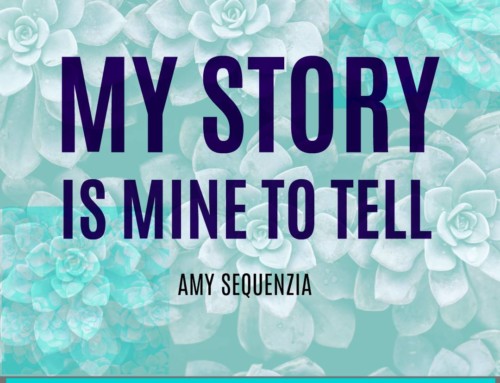
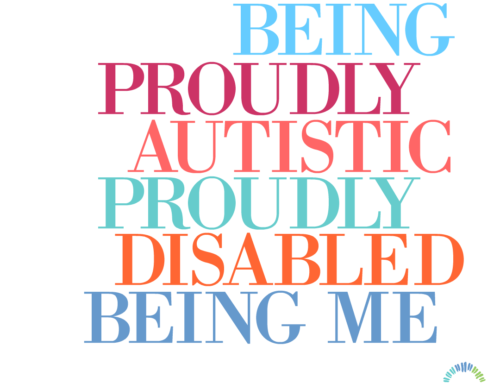
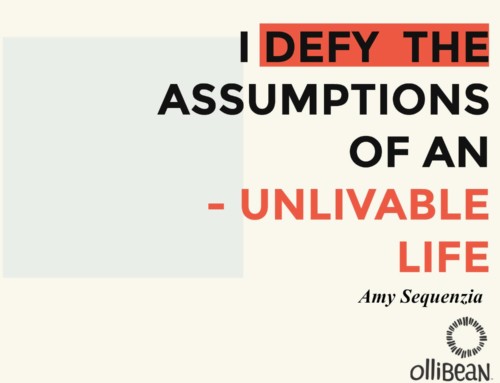
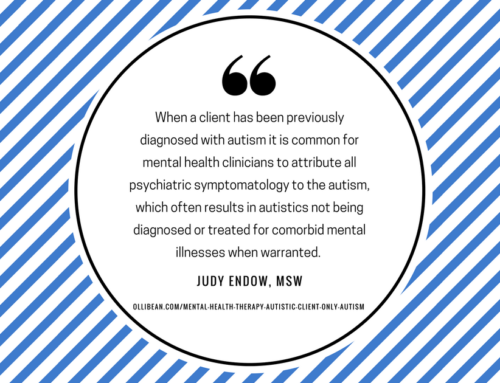


Leave A Comment